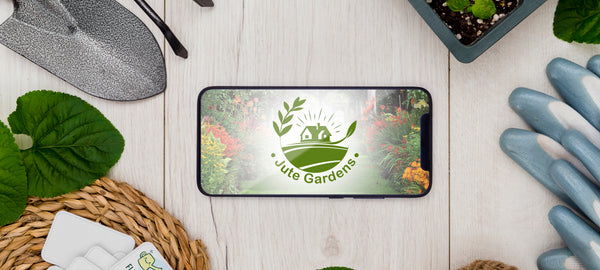
From Fridge to Freezer: How to Store and Freeze Microgreens to Keep Them Nutritious and Delicious
Microgreens have been gaining in popularity in recent years as people look for healthier food options. These tiny plants are packed with nutrients and can be added to a variety of dishes to add flavor and nutrition. However, many people wonder how long microgreens last and how to properly store them to ensure their freshness.
How Long Do Microgreens Last?
The lifespan of microgreens can vary depending on the type of plant and how they are stored. In general, microgreens can last anywhere from a few days up to two weeks. Some of the more delicate varieties, like cilantro or basil microgreens, may only last a few days, while heartier varieties like sunflower or broccoli microgreens can last up to two weeks.
To ensure the longest possible lifespan for your microgreens, it's important to store them properly.
Here are Some Tips for Storing Microgreens:
Keep them dry: Microgreens are sensitive to moisture and can wilt quickly if they get too wet. Make sure to pat them dry with a paper towel if they are wet when you purchase them, and store them in a dry container.
Keep them cool: Microgreens should be stored in the refrigerator, ideally at a temperature between 38 and 42 degrees Fahrenheit. If the temperature is too warm, the microgreens will wilt and spoil quickly.
Keep them covered: Covering microgreens with a lid or plastic wrap can help to keep them fresh by preventing moisture from escaping.
Don't wash until ready to use: Washing microgreens can cause them to wilt and spoil more quickly, so it's best to wait to wash them until you are ready to use them.
It's also important to note that the fresher the microgreens are when you purchase them, the longer they will last. Try to purchase microgreens from a local farmer's market or grocery store that specializes in fresh produce to ensure their freshness.
Better yet, grow your own microgreens at home.
Click here to Shop Microgreen Kits from Jute Gardens

In summary, microgreens can last anywhere from a few days up to two weeks, depending on the type of plant and how they are stored. Proper storage techniques, like keeping them dry, cool, and covered, can help to extend their lifespan. By following these tips, you can enjoy the many health benefits and delicious flavors of microgreens for as long as possible.
Can You Freeze Microgreens?
Yes, you can freeze microgreens, but keep in mind that freezing can affect their texture and flavor. If you have a surplus of microgreens and can't use them before they spoil, freezing is a good option to extend their lifespan.
Here are some tips for freezing microgreens:
Wash and Dry: Rinse the microgreens thoroughly and pat them dry with a paper towel.
Blanch: Blanching helps to preserve the color and texture of the microgreens. Bring a pot of water to a boil and blanch the microgreens for 10-15 seconds.
Cool: Immediately remove the microgreens from the boiling water and place them in a bowl of ice water to cool. This will stop the cooking process and prevent them from overcooking.
Drain: After the microgreens are cooled, drain them thoroughly to remove any excess moisture.
Freeze: Place the microgreens in a resealable plastic bag or airtight container and freeze. Microgreens can be frozen for up to 6 months.
Use: Frozen microgreens are best used in cooked dishes, as they will lose some of their texture when thawed. Simply add them to soups, stews, or other recipes as desired.
In conclusion, freezing microgreens is a good option to extend their lifespan if you have a surplus that you can't use before they spoil. However, keep in mind that freezing can affect their texture and flavor, so they are best used in cooked dishes. Follow these tips to properly freeze and store microgreens for later use.

